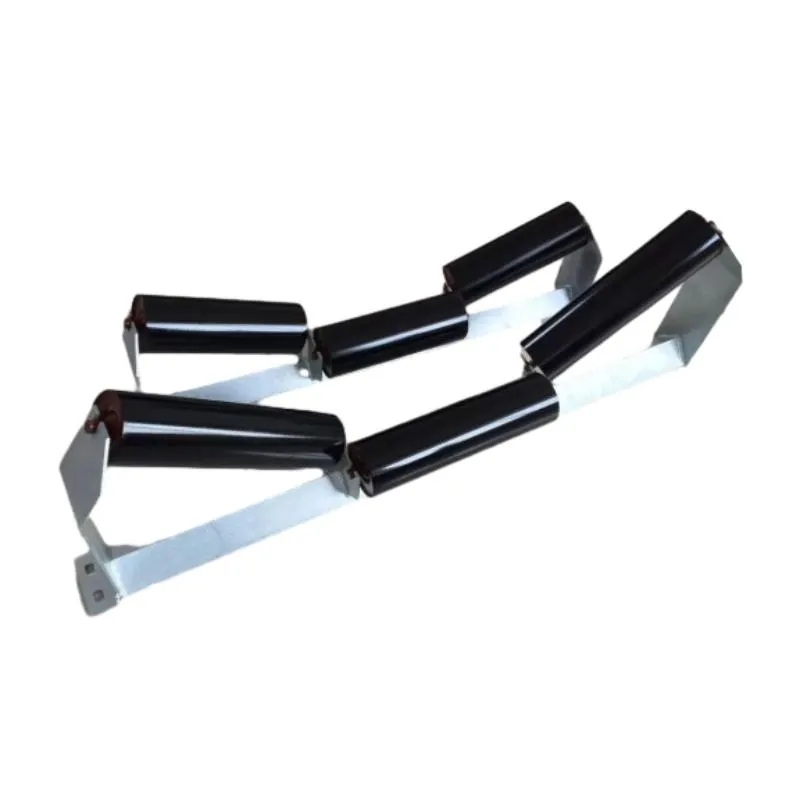 Afrikaans
Afrikaans  Albanian
Albanian  Amharic
Amharic  Arabic
Arabic  Armenian
Armenian  Azerbaijani
Azerbaijani  Basque
Basque  Belarusian
Belarusian  Bengali
Bengali  Bosnian
Bosnian  Bulgarian
Bulgarian  Catalan
Catalan  Cebuano
Cebuano  Corsican
Corsican  Croatian
Croatian  Czech
Czech  Danish
Danish  Dutch
Dutch  English
English  Esperanto
Esperanto  Estonian
Estonian  Finnish
Finnish  French
French  Frisian
Frisian  Galician
Galician  Georgian
Georgian  German
German  Greek
Greek  Gujarati
Gujarati  Haitian Creole
Haitian Creole  hausa
hausa  hawaiian
hawaiian  Hebrew
Hebrew  Hindi
Hindi  Miao
Miao  Hungarian
Hungarian  Icelandic
Icelandic  igbo
igbo  Indonesian
Indonesian  irish
irish  Italian
Italian  Japanese
Japanese  Javanese
Javanese  Kannada
Kannada  kazakh
kazakh  Khmer
Khmer  Rwandese
Rwandese  Korean
Korean  Kurdish
Kurdish  Kyrgyz
Kyrgyz  Lao
Lao  Latin
Latin  Latvian
Latvian  Lithuanian
Lithuanian  Luxembourgish
Luxembourgish  Macedonian
Macedonian  Malgashi
Malgashi  Malay
Malay  Malayalam
Malayalam  Maltese
Maltese  Maori
Maori  Marathi
Marathi  Mongolian
Mongolian  Myanmar
Myanmar  Nepali
Nepali  Norwegian
Norwegian  Norwegian
Norwegian  Occitan
Occitan  Pashto
Pashto  Persian
Persian  Polish
Polish  Portuguese
Portuguese  Punjabi
Punjabi  Romanian
Romanian  Russian
Russian  Samoan
Samoan  Scottish Gaelic
Scottish Gaelic  Serbian
Serbian  Sesotho
Sesotho  Shona
Shona  Sindhi
Sindhi  Sinhala
Sinhala  Slovak
Slovak  Slovenian
Slovenian  Somali
Somali  Spanish
Spanish  Sundanese
Sundanese  Swahili
Swahili  Swedish
Swedish  Tagalog
Tagalog  Tajik
Tajik  Tamil
Tamil  Tatar
Tatar  Telugu
Telugu  Thai
Thai  Turkish
Turkish  Turkmen
Turkmen  Ukrainian
Ukrainian  Urdu
Urdu  Uighur
Uighur  Uzbek
Uzbek  Vietnamese
Vietnamese  Welsh
Welsh  Bantu
Bantu  Yiddish
Yiddish  Yoruba
Yoruba  Zulu
Zulu Pressed Steel Bearing Housings for Enhanced Durability and Performance in Machinery Applications
Understanding Pressed Steel Bearing Housings A Comprehensive Overview
Pressed steel bearing housings are essential components widely used in various industrial applications. They facilitate the support and alignment of bearings, thereby playing a critical role in machinery functionality. This article delves into the design, advantages, applications, and considerations regarding pressed steel bearing housings.
Design and Construction
Pressed steel bearing housings are typically manufactured by using high-strength steel sheets, which are formed through a pressing process. This method allows for mass production of components with consistent quality and precise dimensions. The housing is designed to securely encase the bearing, providing adequate protection from environmental factors such as dust, moisture, and other contaminants.
The design of a pressed steel bearing housing often includes features for easy mounting and assembly on various machinery or structures. The housings come in different shapes and sizes, tailored to accommodate different types of bearings, such as ball bearings, roller bearings, and more. Most designs incorporate mounting flanges, threaded holes, or slots that facilitate straightforward attachment to the machine frame.
Advantages of Pressed Steel Bearing Housings
1. Durability Pressed steel is renowned for its robust nature, offering superior strength and resistance to mechanical wear. This durability extends the lifespan of both the housing and the bearings within.
2. Cost-Effectiveness The manufacturing process of pressed steel components is efficient and economical. This cost-effectiveness makes pressed steel bearing housings a preferred choice in various industries, allowing businesses to reduce manufacturing costs without compromising quality.
3. Lightweight Yet Strong While they offer excellent strength, pressed steel bearing housings are relatively lightweight compared to housings made from heavier materials. This attribute is crucial in applications where reducing the weight of machinery can lead to enhanced performance and lower operational costs.
4. Versatility These housings are highly versatile and can be used across many different applications, from automotive parts to heavy machinery and industrial equipment. Their adaptability makes them a staple in many engineering fields.
pressed steel bearing housing

5. Ease of Maintenance Pressed steel bearing housings are designed for easy disassembly and reassembly, facilitating maintenance and replacement of bearings when required. Regular maintenance is crucial for the longevity of machinery, and these housings simplify the process.
Applications
Pressed steel bearing housings find widespread usage across various sectors. In the automotive industry, they are used in the construction of wheel hubs and engine components, providing essential support for rotating elements. In manufacturing and industrial machinery, they are found in conveyor systems, pumps, and HVAC equipment, ensuring smooth operations.
Additionally, these housings are prevalent in agricultural machinery, where they support moving parts that must endure harsh conditions. Their application in electric motors is also significant, as they help maintain the alignment of the motor shaft, contributing to efficient operation.
Considerations and Challenges
While pressed steel bearing housings offer numerous benefits, several considerations must be addressed. Firstly, the selection of the right housing depends on the specific application requirements, including load capacity, environmental conditions, and the type of bearings used. Engineers must carefully assess these factors to ensure optimal performance.
Moreover, while pressed steel is generally resistant to environmental damage, it is susceptible to corrosion, particularly in moist or chemically aggressive environments. Therefore, protective coatings or treatments might be necessary to extend the service life of the housings in such conditions.
Conclusion
Pressed steel bearing housings are invaluable components in modern machinery, offering durability, cost-effectiveness, and ease of maintenance. Their widespread application across various industries underscores their importance in supporting efficient operations. As technology evolves, continued innovation in pressed steel housing designs will likely enhance their capabilities and applications, further cementing their role in engineering and manufacturing processes.
-
Revolutionizing Conveyor Reliability with Advanced Rubber Lagging PulleysNewsJul.22,2025
-
Powering Precision and Durability with Expert Manufacturers of Conveyor ComponentsNewsJul.22,2025
-
Optimizing Conveyor Systems with Advanced Conveyor AccessoriesNewsJul.22,2025
-
Maximize Conveyor Efficiency with Quality Conveyor Idler PulleysNewsJul.22,2025
-
Future-Proof Your Conveyor System with High-Performance Polyurethane RollerNewsJul.22,2025
-
Driving Efficiency Forward with Quality Idlers and RollersNewsJul.22,2025





























